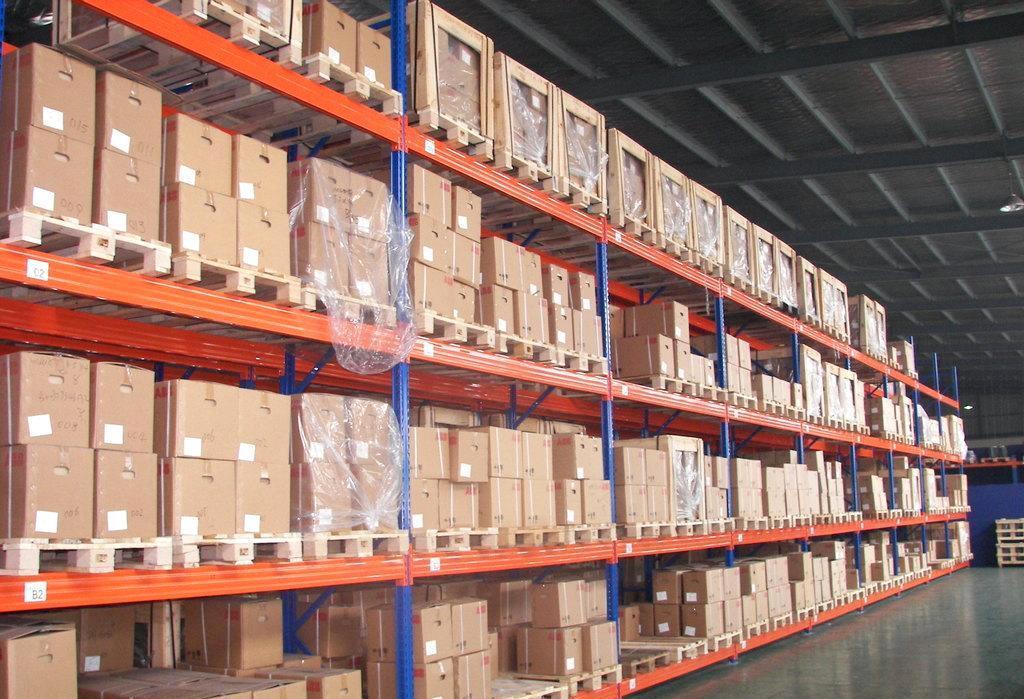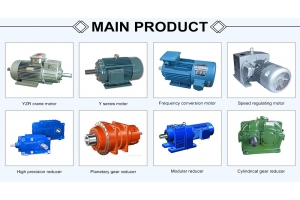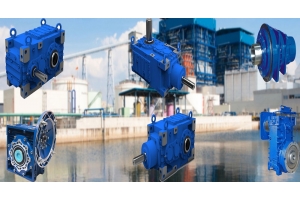
ABB motor, commonly known as "motor", refers to an electromagnetic device that converts or transmits electric energy according to the law of electromagnetic induction.
Transformer is a kind of static motor, which can convert electric energy of one voltage into electric energy of another voltage (generally AC) by applying electromagnetic induction principle. From the production, transmission and distribution of electric power to various power users, various transformers are used.
First of all, from the perspective of power system, transformer is a kind of main equipment. We know that it is impossible to transmit high-power electric energy to a distant place with a lower voltage, that is, a corresponding large current. This is because: on the one hand, large current will cause large power loss on the transmission line; On the other hand, the large current will also cause a large voltage drop on the transmission line, resulting in the power can not be transmitted at all. Therefore, the transformer is required to increase the terminal voltage of the generator, and the corresponding current can be reduced
Introduction of transformer
The main functions of transformer are: voltage transformation; Current transformation, impedance transformation; Isolation; Voltage stabilization (magnetic saturation transformer); Autotransformer; High voltage transformer (dry type and oil immersed type), etc. The common iron core shapes of transformer are generally E type and C type, XED type, and ED type CD type. Transformers can be divided into distribution transformers, power transformers, fully sealed transformers, combined transformers, dry-type transformers, single-phase transformers, furnace transformers, rectifier transformers, reactors, anti-interference transformers, lightning protection transformers, box transformer test transformers, angle transformers, high current transformer excitation transformers. The most basic type of transformer includes two groups of coils wound with wires, which are called together in an inductive manner. When an AC current (with a known frequency) flows through one group of coils, an AC voltage with the same frequency will be induced in the other group of coils, and the magnitude of the induced voltage depends on the degree of coupling and magnetic cross link between the two coils. Generally, the coil connected to AC power supply is called "primary coil"; The voltage across this coil is called "primary voltage". The induced voltage in the secondary coil may be greater or less than the primary voltage, which is determined by the "turn ratio" between the primary coil and the secondary coil. Therefore, transformers are divided into step-up and step-down transformers. Most transformers have fixed iron cores, which are wound with primary and secondary coils. Because of the high magnetic conductivity of the iron material, most of the magnetic flux is limited in the iron core. Therefore, the two groups of coils can obtain a high degree of magnetic coupling. In some transformers, the coil and the iron core are closely connected, and the ratio of primary and secondary voltages is almost the same as the ratio of coil turns of the two. Therefore, the turn ratio of the transformer can generally be used as a reference index for transformer step-up or step-down. As a result of this step-up and step-down function, the transformer has become one of the important accessories of the modern power system. Increasing the transmission voltage makes long-distance power transmission more economical. As for the step-down transformer, it makes power utilization more diversified. It can be said that there is no transformer. In addition to the small size of electronic transformer, there is no clear boundary between power transformer and electronic transformer. Generally, the power supply of 60Hz power network is very large, which may cover the capacity of half a continent. The power limitation of electronic devices is usually limited by the ability of rectification, amplification and other components of the system, some of which belong to the power amplification. However, compared with the power generation capacity of the power system, it still belongs to the scope of small power.
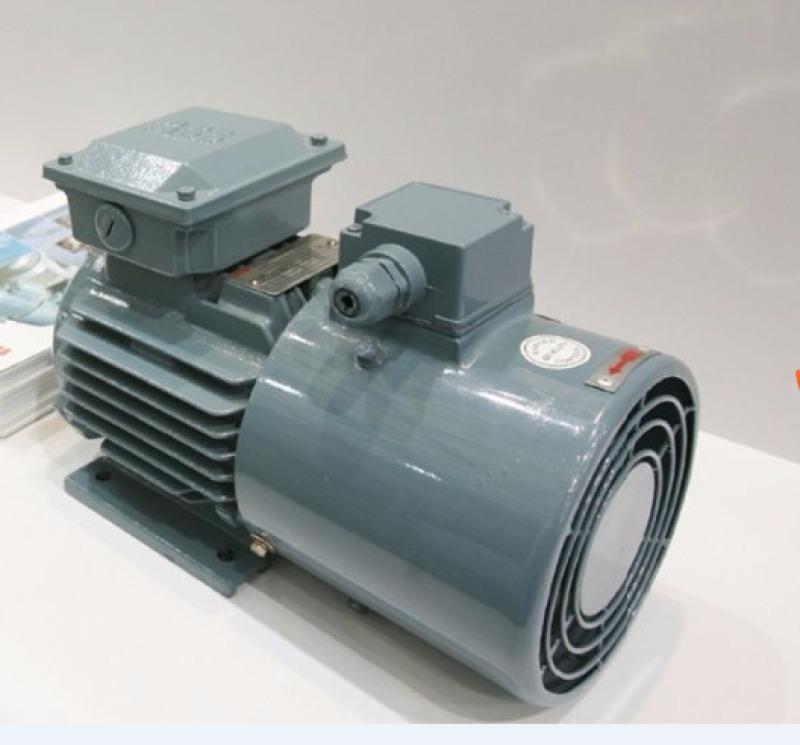
Monitoring of motor operation
a. Monitoring of current, voltage and temperature (bearing)
b. Sound monitoring during operation
c. Shutdown treatment: refers to the occurrence of other circumstances
Motor maintenance
a. Daily inspection
b. Regular inspection
(The general maintenance period is one year)
c. Operation inspection
The motor shall be lubricated with the lubricating oil specified in its instructions. After the motor starts to work for 500 hours, the lubricating oil should be drained as much as possible and the motor should be cleaned to avoid damage to the tooth surface caused by the iron scraps it grinds down during the running in period. Clean lubricating oil should be added after cleaning. The lubricating oil shall be replaced after the equipment has been operated for 1000 to 1200 hours, and the lubricating oil must be replaced every 2000 hours or so later. The oil change amount shall not be less than 85% of the oil tank capacity.
M2QA/QA standard three-phase asynchronous motor (H71-H355) adopts high-quality cast iron materials and reliable processing technology, which can extend the service life of the motor under reasonable maintenance conditions. The corresponding indicators of motor power, overall installation dimensions and center height are completely consistent with domestic Y series motors, which are also the latest products developed by ABB to replace QA series motors.
Technical characteristics
M2QA three-phase asynchronous motor is the basic series of 2000 series products designed by ABB,
Conform to the European Community | | efficiency standard. The design and manufacture of motor shall comply with IEC 60034, IEC60072, DIN 42673, BS 4999, GB 755, GB 10069 and Q/JBQS 27. M2QA series motors have good electrical and mechanical properties.
high efficiency
1.1 Under S1 working system, M2QA series of KW-90KW 2P 4P motor reaches level II of CEMEP-EU
Efficiency standard, with good energy-saving effect.
Wide voltage design
Up to 690V and applicable to 50Hz and 60Hz power grids.
Reliable winding
The latest imported insulating materials can reach Class F insulation (Class B - 80K temperature rise)
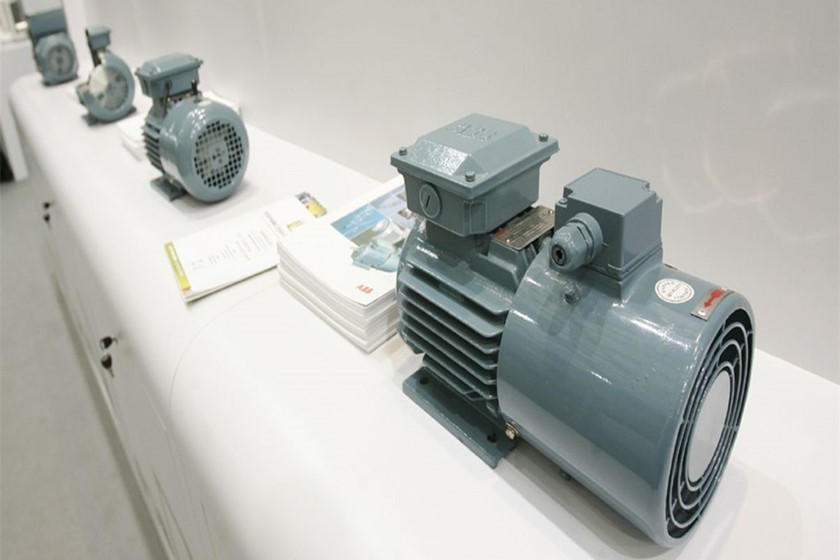
Long service life of winding is guaranteed.
Strong corrosion protection
The motor is designed to resist environmental corrosion and can maintain a long service life.
Bearing has high load capacity
Equipped with deep groove ball bearing, the service life of the motor is greatly extended. 71-250mm high center cast iron
The motor is equipped with lifelong maintenance free bearings, and 280-355mm motors are equipped with oil injection holes as standard.
Low noise level
The M2QA series is guaranteed by optimizing the electromagnetic and electrical design, improving the cooling system, and optimizing the structure
The noise level is generally low.
Additional winding protection
PTC thermistor, thermal switch, anti condensation heating tape and other winding protectors can be installed according to customer requirements
Protective accessories.
machine design
Fully enclosed self fan cooling design, IP55 protection grade and heavy load design, and the use of strong corrosion resistant cast iron materials enable M2QA series motors to adapt to various environments. The mechanical structure of the motor is very solid. The 280-355mm high center motor is equipped with drain holes and plugs as standard. Flexible lead out direction. The motor junction box can be installed at the top, left and right of the motor. The junction box itself can be rotated for installation. The 71-132 base junction box can be rotated in 4 * 90 directions. The base junction box of 160 and above can rotate in the direction of 2 * 180.
The motor has a variety of optional configurations for different environments and application requirements, such as higher protection level, insulation level, dust protection, sealing ring, rainproof device, etc.
Model description
M2QA 112 M 2 A
M2QA -- model mark 112 -- base number (expressed by the height of the shaft center mm)
M -- Base length 2 -- Pole number A -- Core length
Conditions of Use
Altitude not exceeding 1000m
The ambient air temperature varies with seasons, but does not exceed+40 ℃
Voltage, frequency and working mode
Working voltage: 220-240V 380-420V 440-480V 660-690V
Rated frequency: 50/60Hz
Working mode: continuous (S1)
Insulation class: F
High efficiency: under S1 working system, the M2QA series of 1KW-90KW 2P 4P motor reaches the level II of CEMEP-EU
Efficiency standard, with good energy-saving effect.
Wide voltage design
Up to 690V and applicable to 50Hz and 60Hz power grids.
Reliable winding
The latest imported insulating materials can reach Class F insulation (Class B - 80K temperature rise)
Long service life of winding is guaranteed.
Strong corrosion protection
The motor is designed to resist environmental corrosion and can maintain a long service life.
Bearing has high load capacity
Equipped with deep groove ball bearing, the service life of the motor is greatly extended. 71-250mm high center cast iron
The motor is equipped with lifelong maintenance free bearings, and 280-355mm motors are equipped with oil injection holes as standard.
Low noise level
The M2QA series is guaranteed by optimizing the electromagnetic and electrical design, improving the cooling system, and optimizing the structure
The noise level is generally low.
Additional winding protection
PTC thermistor, thermal switch, anti condensation heating tape and other winding protectors can be installed according to customer requirements
Protective accessories.
